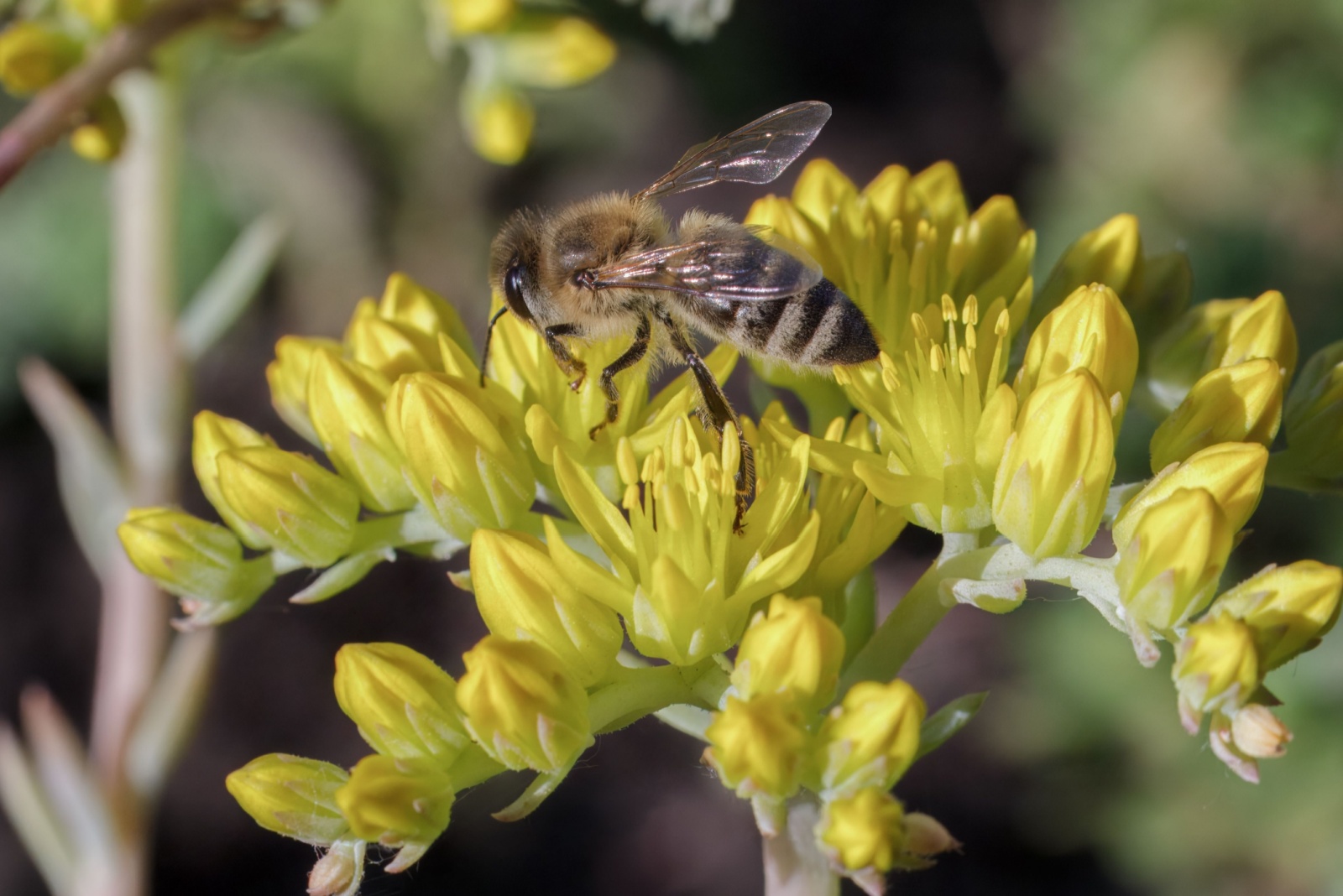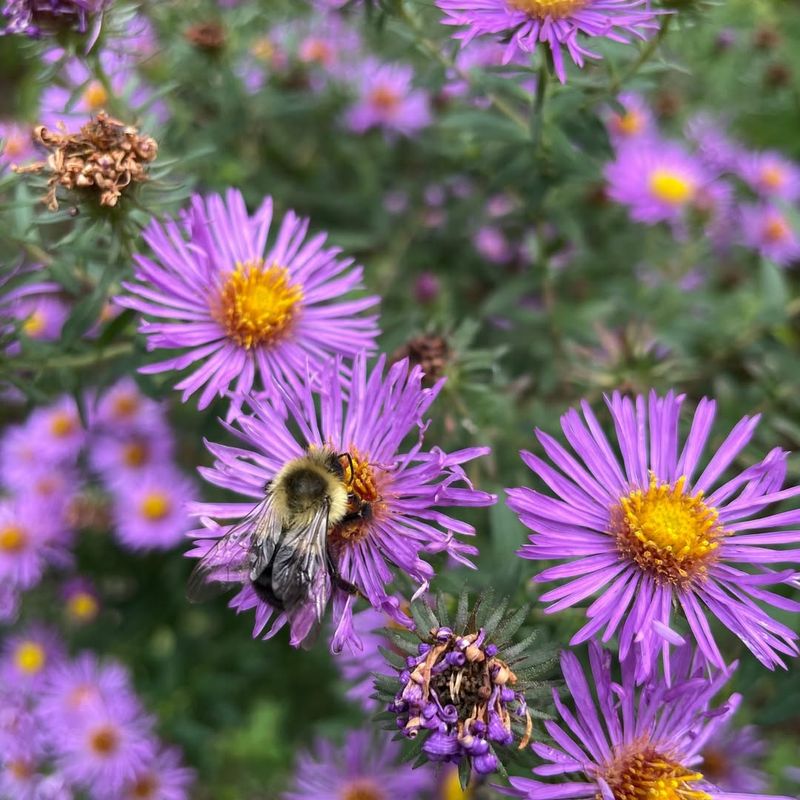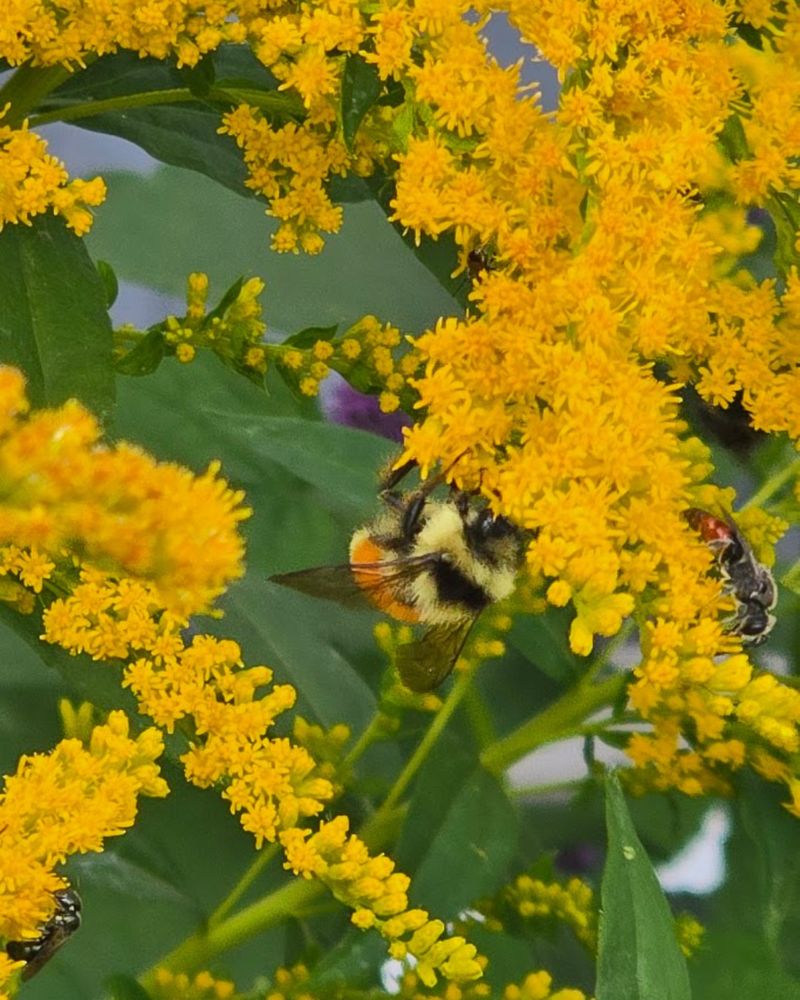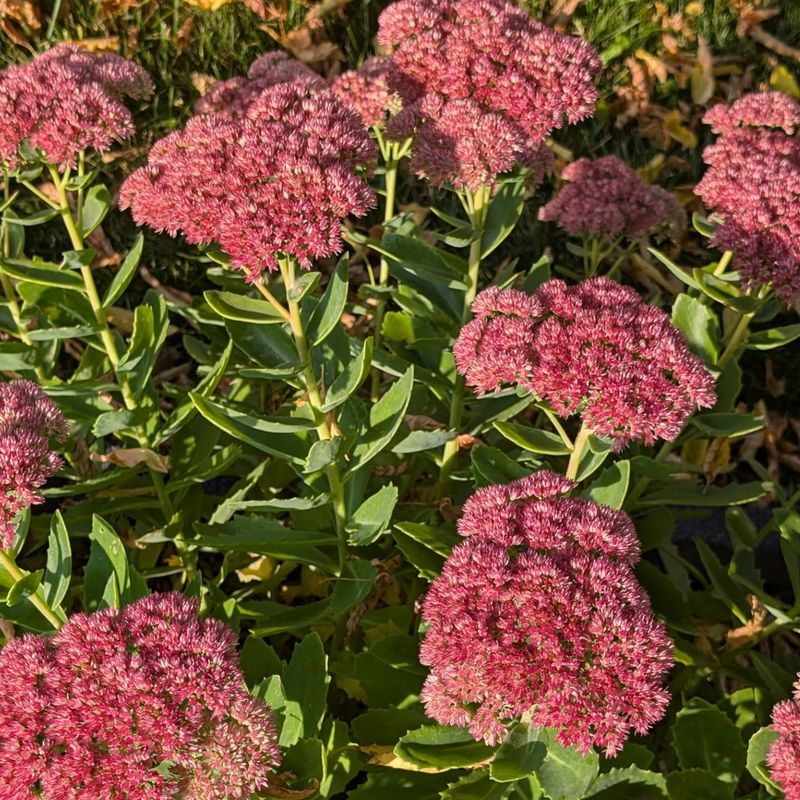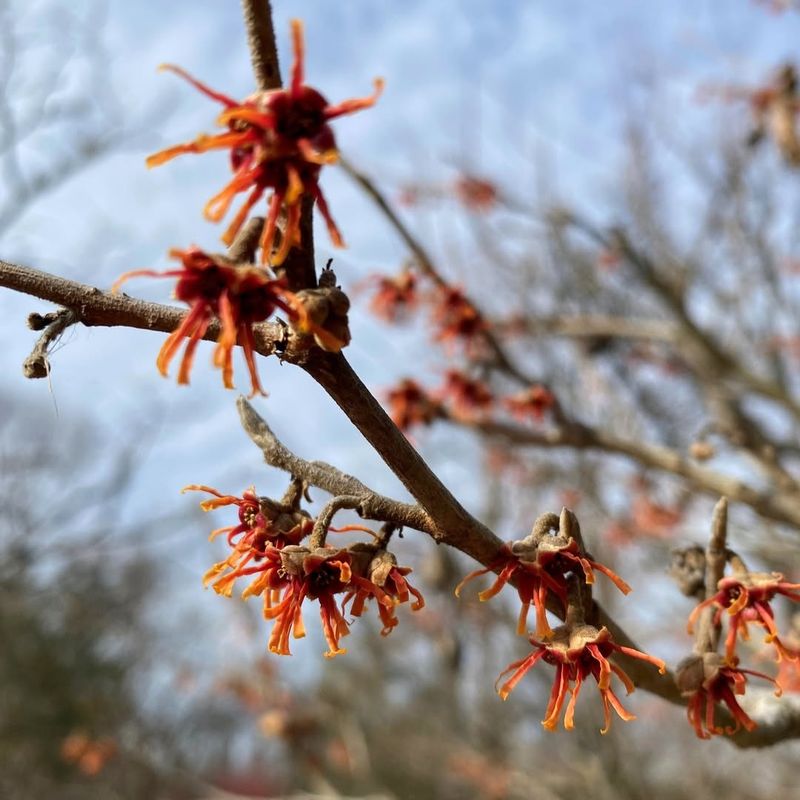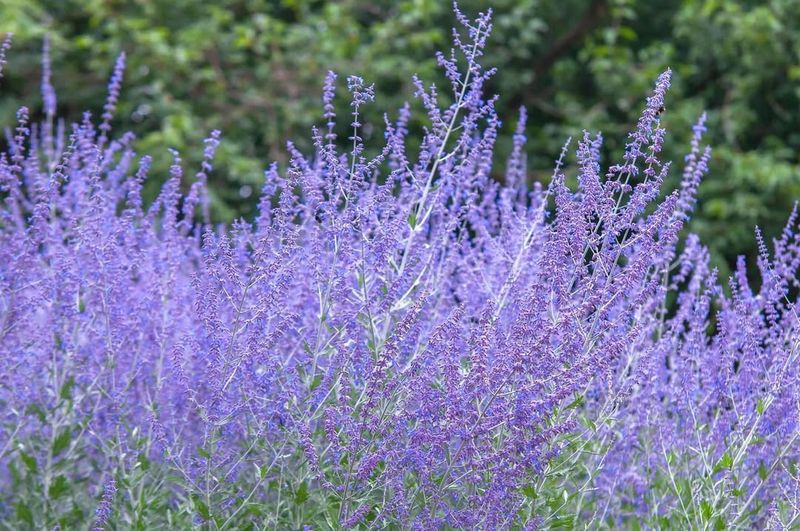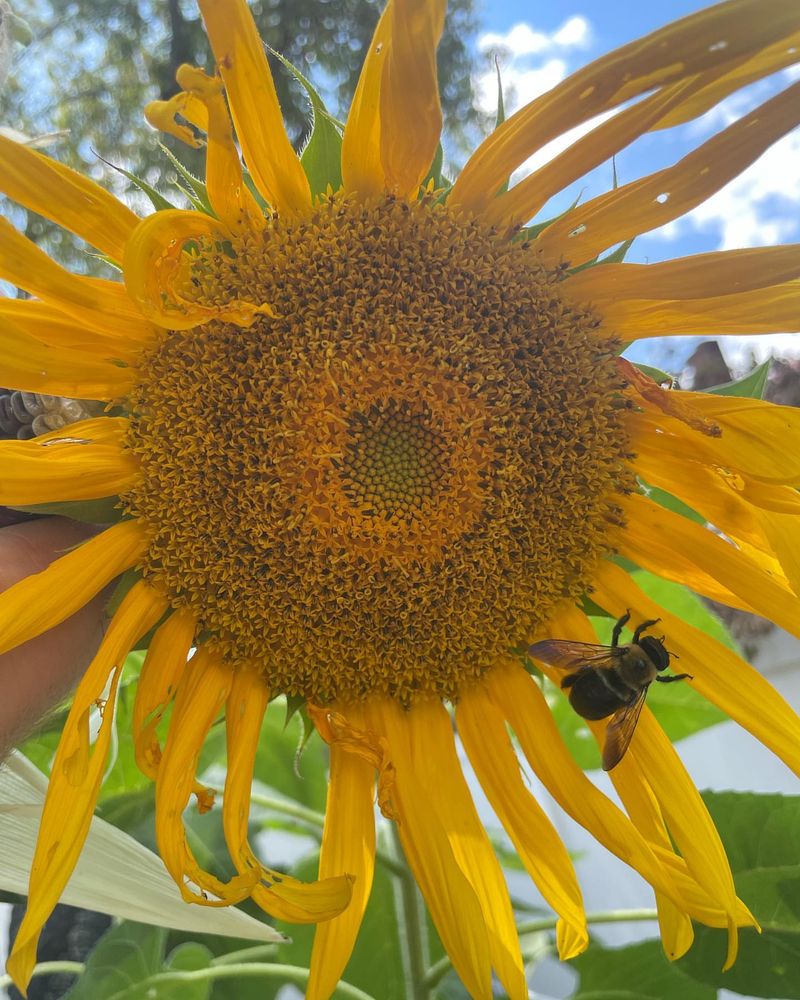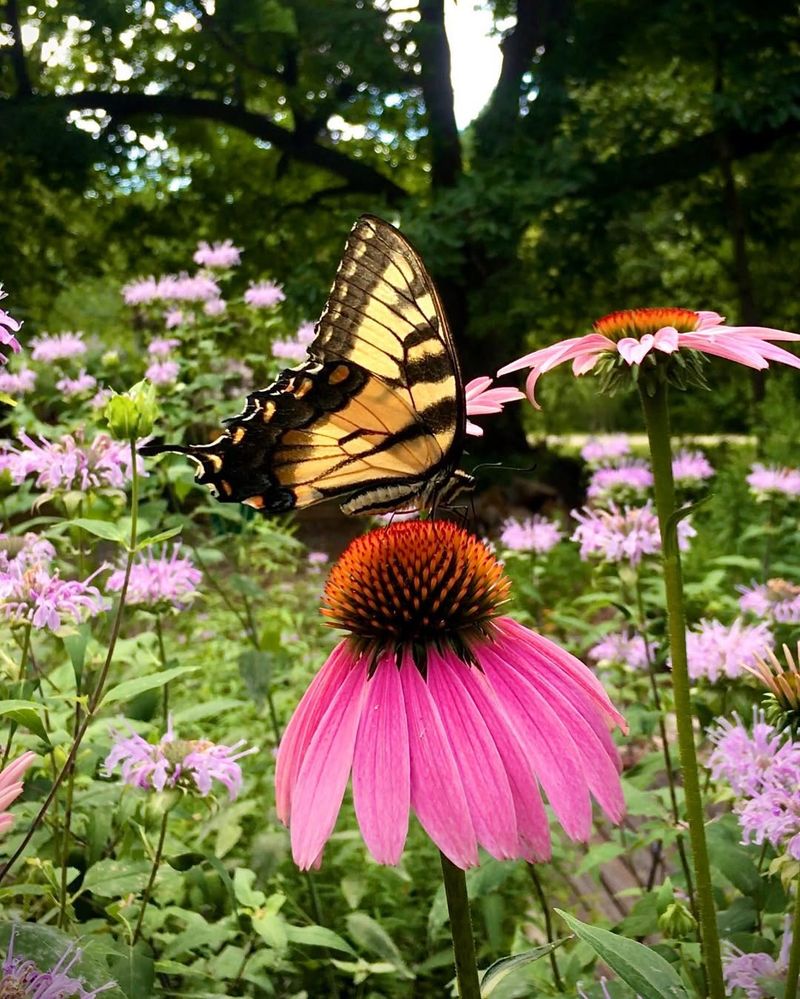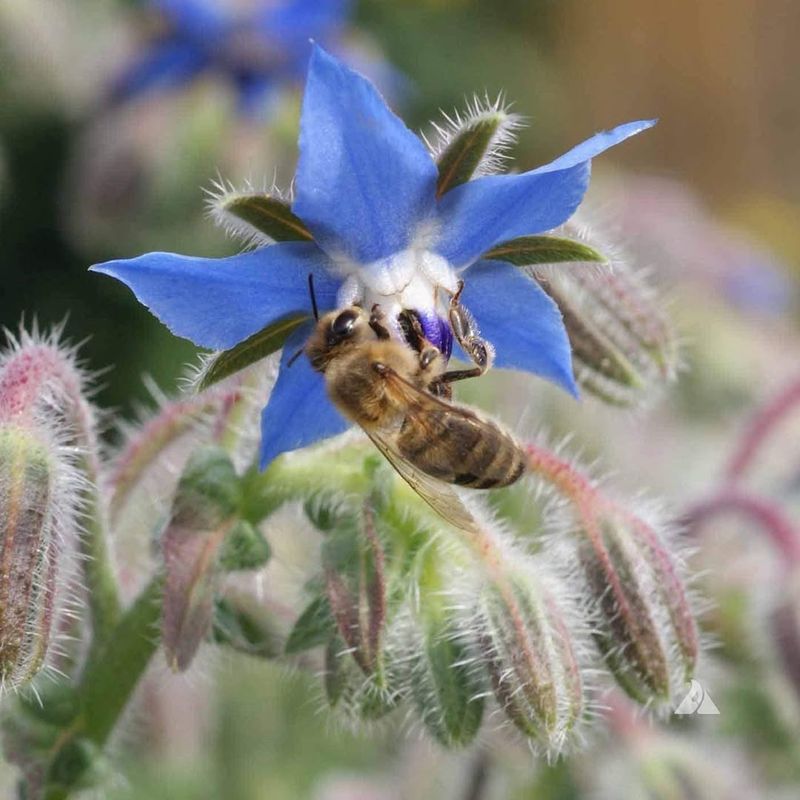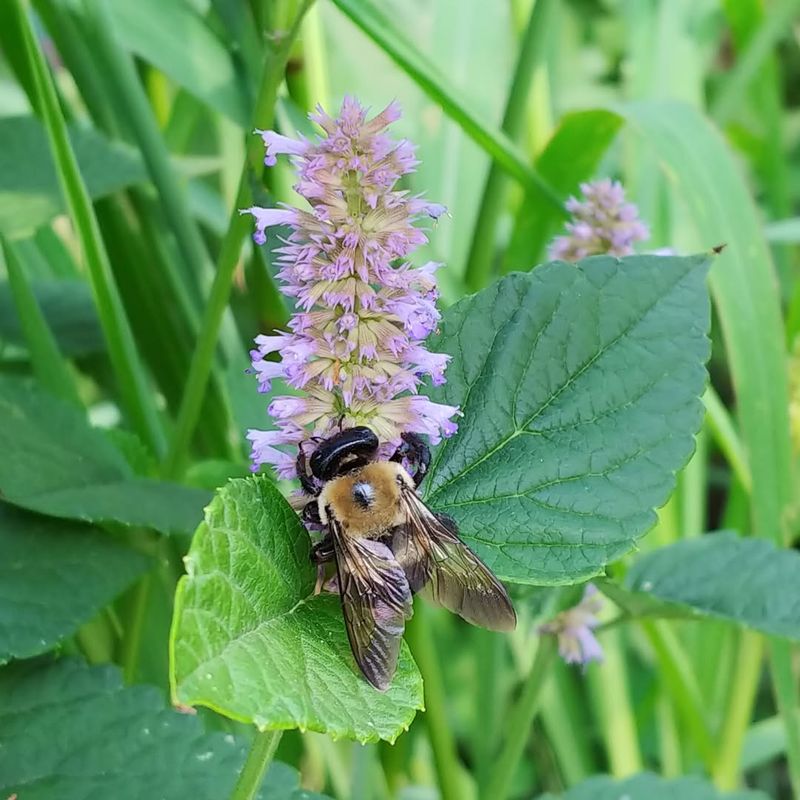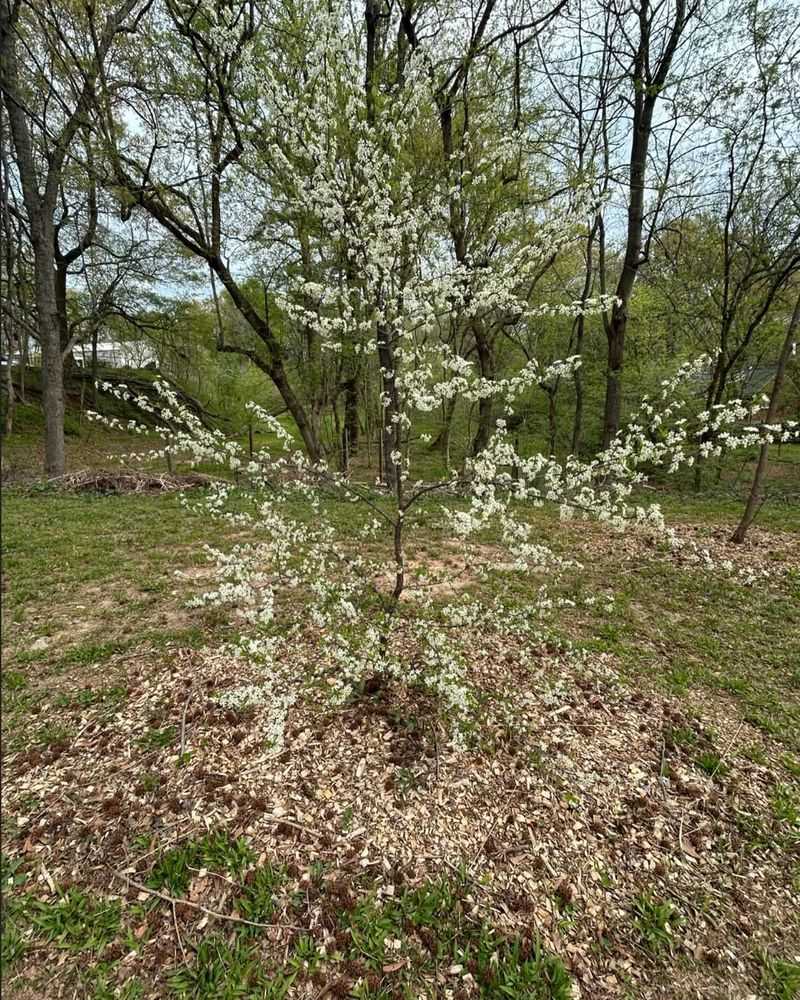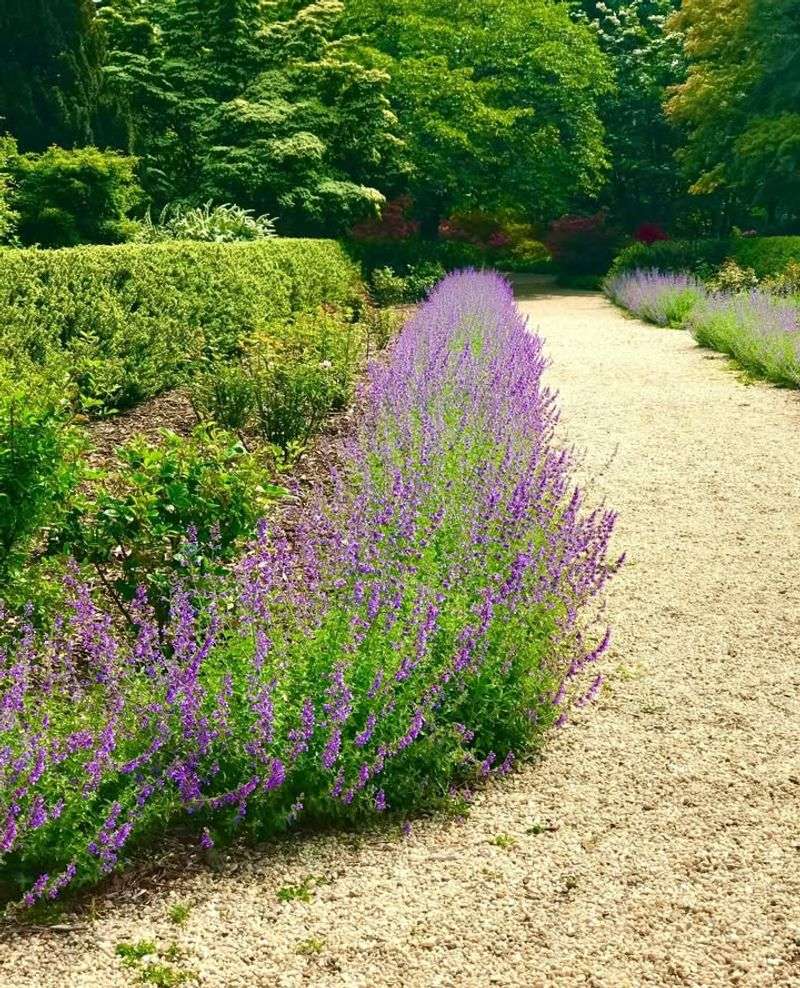Michigan winters can be brutal for bees, but some plants bloom late into fall or provide resources that help these vital pollinators survive the coldest months. When temperatures drop and most flowers disappear, bees need special plants that offer nectar and pollen to build up their winter stores.
Planting the right flowers and shrubs can make a real difference for bee colonies trying to make it through until spring.
1. Asters
Bursting with color when most gardens fade, asters are lifesavers for hungry bees preparing for winter. Their purple, pink, and white blooms appear from late summer straight through October, giving bees crucial nectar when other flowers have vanished.
Plant them in sunny spots with good drainage. Native varieties work best in Michigan because they handle cold snaps better than imported types.
Bumblebees especially love asters and will visit them even on chilly mornings when temperatures hover just above freezing.
2. Goldenrod
Bright yellow spikes of goldenrod light up roadsides and meadows just when bees need them most. Despite its bad reputation for allergies, goldenrod pollen is too heavy to travel by wind, making ragweed the real culprit.
Honeybees pack their hives with goldenrod pollen as winter protein reserves. This native Michigan wildflower thrives without any fussing and spreads naturally through gardens.
Watch for dozens of bee species visiting a single plant on warm September afternoons.
3. Sedum (Stonecrop)
Tough as nails, sedum keeps producing nectar even after light frosts nip other flowers. Its thick, succulent leaves store water, helping blooms last well into November during mild years.
The flat-topped flower clusters make perfect landing pads for tired bees. Plant sedum in rock gardens or along borders where drainage stays sharp.
Varieties like Autumn Joy turn from pink to copper as temperatures drop, creating stunning color while feeding pollinators right up until snowfall.
4. Witch Hazel
Picture this: snowflakes falling while bright yellow flowers unfurl their spidery petals. Witch hazel defies logic by blooming in late October and November when everything else sleeps.
On surprisingly warm winter days, bees emerge from their hives to visit these fragrant blossoms. Native Michigan witch hazel handles brutal cold without protection.
Plant this shrub where you can see it from windows, and you might spot bees making emergency nectar runs during unexpected warm spells.
5. Russian Sage
Silvery stems topped with lavender-blue flowers keep Russian sage buzzing with bee activity from July through October. Its aromatic leaves smell like a mix of sage and lavender, but deer hate the scent and leave it alone.
Drought-tolerant and tough, this plant thrives in Michigan gardens without much water or fertilizer. Cut stems back in spring rather than fall to give bees every possible feeding opportunity.
Bumblebees particularly adore Russian sage and will work the flowers until frost blackens them.
6. Sunflowers
Giant sunflower heads packed with seeds are actually hundreds of tiny flowers, each offering pollen and nectar. Planting varieties that bloom at different times stretches the harvest from August into October.
After petals drop, leave seed heads standing because bees continue visiting them for leftover pollen. Goldfinches and chickadees appreciate the free meal too.
Choose open-pollinated types over fancy hybrids since they produce more pollen for hungry bees stocking their winter pantries before the big chill arrives.
7. Coneflowers (Echinacea)
With their spiky orange centers and drooping petals, coneflowers look like nature designed them specifically for bees. They bloom from June through September, but deadheading extends flowering into October.
Native to Michigan prairies, these tough perennials handle drought, heat, and cold without complaint. Their deep roots pull up nutrients other plants miss.
Bees cling to the bristly center cones, gathering pollen while smaller insects hide underneath petals. Let some flowers go to seed for winter bird food.
8. Borage
Star-shaped blue flowers dangle from fuzzy stems, refilling with nectar every few minutes like tiny gas stations. Borage blooms continuously from early summer until hard frost kills it back.
This self-seeding annual pops up year after year without replanting. Both flowers and leaves taste like cucumber and work great in salads.
Beekeepers call borage bee bread because its pollen contains especially high protein levels. Watch bees practically dive into the nodding blossoms, emerging dusted yellow with pollen grains.
9. Anise Hyssop
Crush a leaf and smell licorice mixed with mint. Anise hyssop sends up purple flower spikes that bees find irresistible from July through September, sometimes into October.
This Michigan native thrives in average soil and even tolerates clay. Deer and rabbits avoid its strong scent, but butterflies and bees mob the blooms.
Cut back spent flowers to encourage fresh ones, extending the buffet for bees. Dried leaves make excellent tea that tastes like sweet licorice candy.
10. Serviceberry
Early spring brings clouds of white serviceberry blossoms when bees desperately need food after winter. While not a late-season bloomer, this native shrub provides crucial early nutrition that helps colonies grow strong.
Healthy spring colonies survive winter better, making serviceberry an indirect cold-weather helper. Its berries ripen in June, feeding birds before leaves turn brilliant orange in fall.
Plant serviceberry as a hedge or specimen tree. Michigan bees recognize this native and flock to it the moment flowers open.
11. Catnip
While cats go crazy rolling in it, bees appreciate catnip for entirely different reasons. Its small white and lavender flowers bloom from June through September, constantly producing fresh nectar.
Part of the mint family, catnip spreads enthusiastically, so plant it where it can roam or grow it in containers. Bees work the tiny tubular flowers methodically, moving from bottom to top.
Cut plants back mid-summer for a fresh flush of fall blooms that feed bees preparing for winter dormancy.

